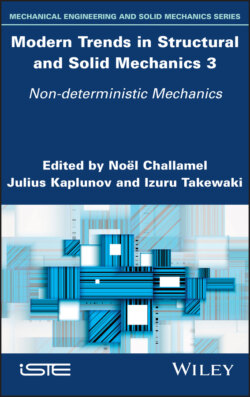Читать книгу Modern Trends in Structural and Solid Mechanics 3 - Группа авторов - Страница 22
1.9. Concluding summary
ОглавлениеMitochondria play a central role in cellular energetics, and are involved in almost all neurological disorders. Thus, mitochondrial function is at the core of our understanding of neurological health. How dysfunction leads to many of the most debilitating and fatal neurodegenerative diseases is still poorly understood. Some understanding may be garnered if the processes that occur within the cell can be placed in an optimization framework, which may then lead to therapeutic interventions to improve the health of the many millions of people who suffer from these diseases.
Mitochondria move, stop and anchor, undergo fusion and fission, and degrade on the spatial and temporal scales needed to meet the broad spectrum of cellular energy needs, as well as Ca++ buffering needs, throughout the neuron. Any lack of these functions can lead to mitochondrial and neuronal death. Based on the literature, of which only a very small fraction is referenced here, it appears that there are energy-based mechanisms that operate locally (sub-optimizations) and globally across multiple cells and beyond (perhaps full optimizations). Such a constrained optimization framework appears to be a reasonable way to better understand very complex subcellular processes.
It appears that among numerous progression paths, some lead to dysfunction, in particular, due to ineffective energy production. These paths, we believe, satisfy some optimalities in order to become the chosen progression path. We may conclude that physiological, as well as pathological paths, in conjunction with other environmental factors, can be optimal choices for the organism. Perhaps, depending on the combination of intracellular and extracellular environments, such optimizations can be based on different cellular/subcellular states, characteristics and constraints. Clearly, due to the criticality of energy production and usage, we expect that these are fundamental aspects of any optimal decision-making. There may not be any global optimizations, only local sub-optimizations. Understanding these optimality decisions may provide clues and eventually paths for clinical interventions and cures for some of humanity’s most serious neurodegenerative diseases.
Approaching such problems with the view of an applied mechanician may provide new perspectives on cell modeling and intracellular processes. We trust that this chapter will motivate others to try their hand at biological modeling.
